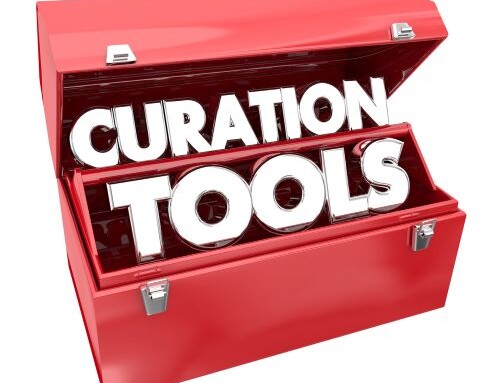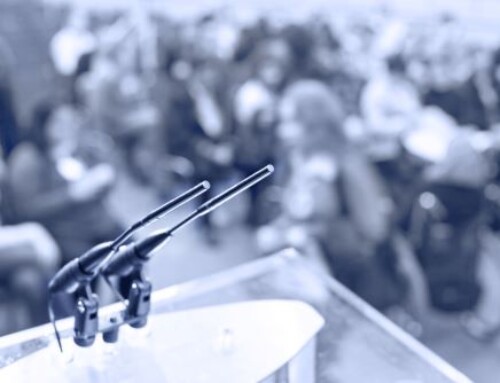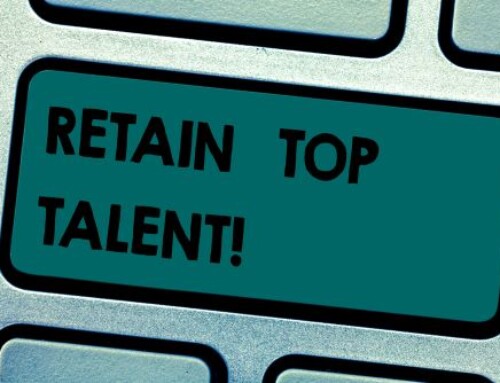Whether we like it or not, meetings are a fundamental element of corporate America. Meetings with clients, meetings with shareholders, meetings with fellow executives—you know how it is. It’s also likely that you’ve experienced meetings of varying quality. Some were forgettable, feeling like a waste of time, while others felt efficient and worth your while. But what if every meeting were expertly executed, both substantive and well-organized? Here are a few tips to help you pull off a meeting that attendees will be happy to attend.
Clear Vision and Direction
This might be one of the most important elements of meeting execution. A meeting without clear direction will meander about aimlessly, following every rabbit trail and wasting time. What’s more, gathering people together without a clear, stated purpose will probably just frustrate them. People dragged to a meeting that lacks vision will hardly be in the frame of mind to contribute.
Establish Best Practices
Clear direction is necessary for getting your meeting off the ground, but you also need concrete ground rules to help the meeting progress. For example, what is your policy on technology in the meeting space? How will you handle tardy or unprepared attendees? To what extent will rabbit trails be indulged? If everyone is on the same page when it comes to questions like these you will prevent a lot of confusion and wasted time.
Work with the Agenda
Your meeting agenda exists to ensure that you achieve the goal of your meeting. An agenda is the outworking of your meeting’s vision. In what order will you discuss the issues? How much time will you allot to each matter? Agendas are about organization. They keep you focused, prevent you from wasting time. Without an agenda, you may spend too much or too little time on an issue—or neglect certain matters altogether.
Start—and End—On Time
People attending your meeting want to know that the gathering is worth their while. Any time you assemble people together you are using some of their limited, and valuable, time. One of the best ways to respect each attendee’s schedule is to start and end your meeting on time. People will be much more willing to show up if they know the meeting will be efficient and respectful of their schedules.
Encourage Dialogue
It can be hard to stay motivated when a meeting feels like a lecture. Sure, sometimes a monologue is necessary or efficient, but making room for discussion is often helpful. People want their opinions heard, after all, and want to feel like their opinions are valued. Encouraging questions and ideas will make attendees more involved, which will make your meeting more fruitful.
Follow Up
Okay, so this isn’t technically something you do during a meeting, but it does make your meeting more beneficial. It isn’t uncommon for attendees to leave a meeting with different interpretations of what was discussed. An emailed memo about the meeting’s agenda, decisions made, responsibilities assigned, and any deadlines will help everyone going forward. This in turn increases the likelihood of everyone showing up to subsequent meetings prepared, having accomplished any necessary tasks.
Meetings don’t have to be a waste of time. They can be productive, efficient gatherings of people who want to be present for a worthwhile affair.
Planning a corporate meeting? Contact Gavel International for more information about meeting and travel destination planning.
- Navigate Rough Waters by Planning When Waters Are Calm - April 8, 2024
- Winning at the Game of Employees, Distractions and Productivity - March 11, 2024
- Are Offsite Meetings the Next Frontier in AI Generated Content? - January 29, 2024







